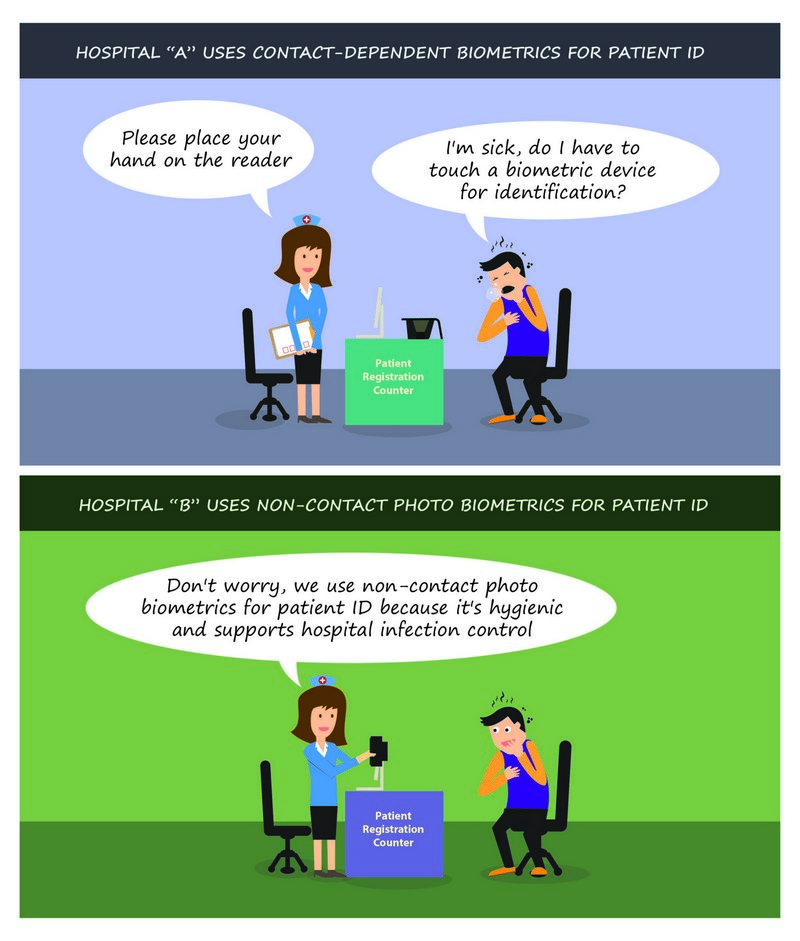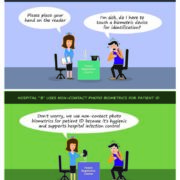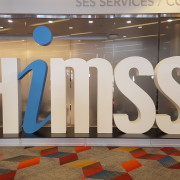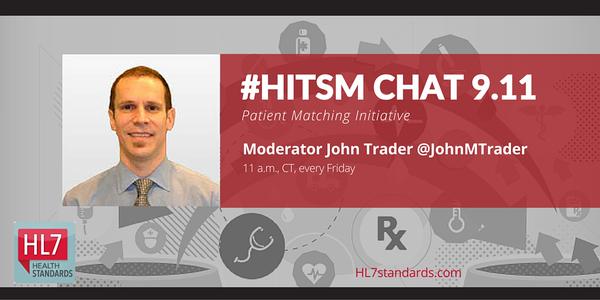Patient Hand Hygiene Report Casts Shadow on Contact Dependent Biometric Patient Identification

Patient Hands May Pose Greatest Threat to Hospital Acquired Infections
Is the heightened awareness on ensuring that doctors, nurses, and other clinical staff wash their hands as part of strict hospital infection control protocols missing an important element? According to a new research report published by NBC News, hospitals would be well served to address another important demographic inside a facility that could perhaps pose an even greater threat to patient safety: patients themselves.

A recent NBC news article reported that patients carry superbugs on their hands raising concerns about whether contact dependent biometric patient identificaiton solutions support hospital infection control.
Researchers at the University of Michigan released details of a report that found “nearly a quarter of patients they tested had some sort of drug-resistant germ on their hands when they were discharged from the hospital…” The results support the theory that many healthcare experts have long asserted – patients are a major threat to spreading the germs of superbug infections. Researchers tested for a number of bugs, and reported:
“We swabbed the palm, fingers, around nails of patients’ hands. The tests were done when patients were admitted, two weeks later, and then once a month for the next six months.” (Source: http://nbcnews.to/1Xv5Rck)
The report goes on to say that patients frequently bring multi-drug-resistant organisms on their hands to a hospital environment and drew the conclusion that this increases the probability that these organisms are likely to be transmitted to other patients and healthcare workers. A concluding thought of the report was:
“Despite concerns raised by some recent studies, patient hand-washing is not a routine practice in hospitals to date.” (Source: http://nbcnews.to/1Xv5Rck)
Patient Hand Hygiene Raises Concerns About Contact Dependent Biometric Patient Identification Solutions
As more hospitals investigate the use of biometrics for patient identification, they quickly discover that hardware options available include contact-dependent devices (fingerprint, palm vein) and non-contact devices (iris and facial recognition). Is it a healthcare organization’s responsibility to evaluate the hygiene risks of asking patients to physically touch a biometric device for identification? Do hospitals have an obligation to weigh the risks of hospital-acquired infections that could materialize from using contact-dependent biometrics for patient identification?
The NBC News report certainly calls into question the hygiene risks of deploying any type of technology solution that requires physical contact with a patient and could lead to the spread of germs and disease. Our hope is that hospitals assessing the use of biometrics for patient identification will take this into account and understand the risks involved when using contact-dependent devices and the responsibility to sterilize the device after each use if the decision is made to deploy this type of hardware.
There are many factors to consider when evaluating the use of biometrics for patient identification in healthcare. As we learned from the NBC News report, supporting hospital infection control to prevent the spread of germs and disease by using contactless biometric patient identification is important to consider.
Curious to know more about how to assess the differences in patient identification technology? Download our eBook for more details.



























